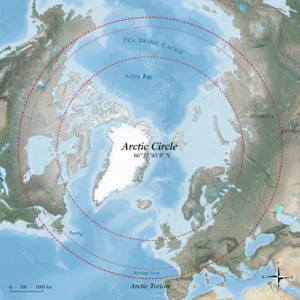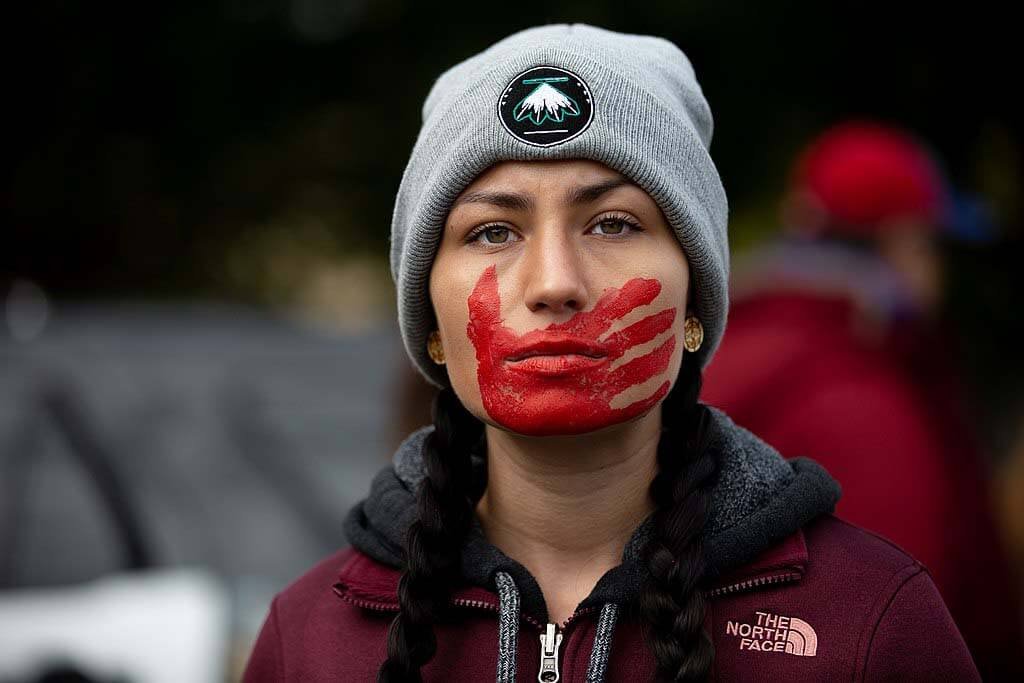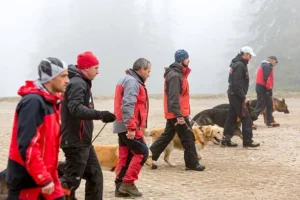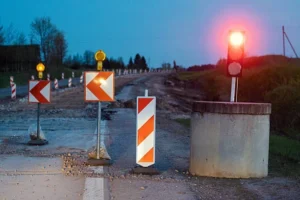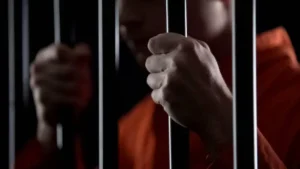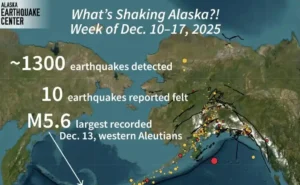Alaska enacted a new law to address the high number of murdered or missing Indigenous women and girls. A study published in 2018 by the Urban Indian Health Institute highlighted this situation. According to the survey, Anchorage has the third-highest number of instances in the country, while Alaska has the fourth-highest number of cases overall. One factor contributing to the issue is that a third of Alaska’s remote towns lack law enforcement. Overlapping duties across federal, state, and local entities create another problem: a lack of accountability.
A 2021 study by the nonprofit Data for Indigenous Justice found that while authorities are sometimes more receptive to hunting infractions than major crimes, delays in the settlement of Indigenous killings may occur due to overlapping jurisdictions.
Governor Mike Dunleavy signed Senate Bill 151 into law on September 3, 2024, to address these concerns. Moreover, Donny Olson, a state senator, was an outspoken supporter of the new legislation, which created the MMIP Review Commission. The panel will review open cases every three years to enhance investigation efforts and provide suggestions.
The law also requires police to receive cultural training, assess Missing and Unidentified Persons case management resources, and report missing persons to the National Missing and Unidentified Persons System within 60 days.
To develop this measure, Kendra Kloster, co-director of the Alaska Native Women’s Resource Center, emphasized the significance of listening to Indigenous communities and closely collaborating with families to identify systemic flaws. She emphasizes that while Alaska’s new law represents a significant step forward, stakeholders need to make more efforts to enhance the quality of trauma treatment, 911 services, and statistics for Indigenous people. The legislation will go into effect on the first day of 2025.
This news story was originally published by Alaska Beacon.



